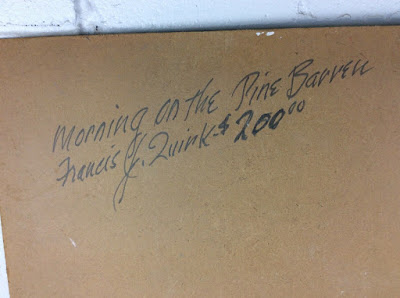As a parent and writer of a blog about art, I am frequently asked about how to expose children to art. Through the years three approaches have brought some success: books, museum visits, and art classes.
This post will focus on the books and those for younger children in particular. We have compiled this list of ten great art books for kids. All of them are filled with bright colors and almost all containing a narrative. Our eyes have evolved to track to bright colors. (This is part of the reason why cartoons and Sesame Street hold the viewer’s attention.) The storyline helps with the engagement.
Many of these books are available at your library or local bookstore. They make great gift ideas for relatives and grandparents who want to bring something that will catch the eye, but not be a toy or socks. They are wonderful options for reading with a child or grandchild as the adult can learn a little bit as well. To make it easier we have included links to the books on Amazon to make it easier to find what you need.
1. Babar’s Museum of Art- Everybody loves Babar! And when he goes to the Museum, you both get the opportunity to learn about various painting styles. The paintings do have elephants subbing in for the original subjects, but it still works swimmingly. This is a great foundation book.
2. Frida- A colorful story book about this intriguing Mexican painter.
3. Chuck Close Up Close- His unusual painting style captures a child’s attention well while also conveying subtle lessons about different techniques and perspectives. This one is a bit pricey, but Close makes it into the curriculum's of many a school.
4. Picasso and the Girl with a Ponytail (Anholt's Artists Books For Children)- Picasso is a seminal figure in modern art and this book tells his story.
5. Neo Leo: The Ageless Ideas of Leonardo da Vinci- Leonardo's ingenuity and engaging ideas tend to pull boys in.
6. Fallingwater: The Building of Frank Lloyd Wright's Masterpiece- The story of one of the country’s finest buildings by its most iconic architect. If you have a trip to Fallingwater, this book can lay the foundation for a more productive visit.
7. Through Georgia's Eyes- Georgia O’Keeffe’s beautiful paintings are timeless.
8. Roy's House- Roy Lichtenstein’s iconic comic book style lends itself to exciting graphics.
9. Diego- A colorful story book about this intriguing Mexican painter and muralist.
10. A Child's Introduction to Art: The World's Greatest Paintings and Sculptures-This is our one non-story book. It provides a follow-up after the others have piqued the child’s interest.
Did we leave anything out? What should we add?
Note that these are paid links.































